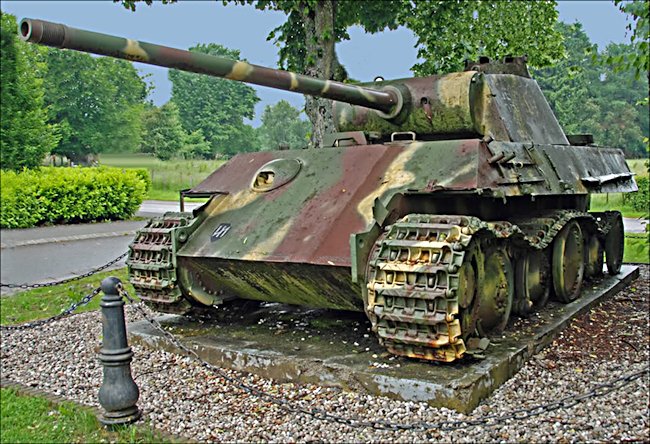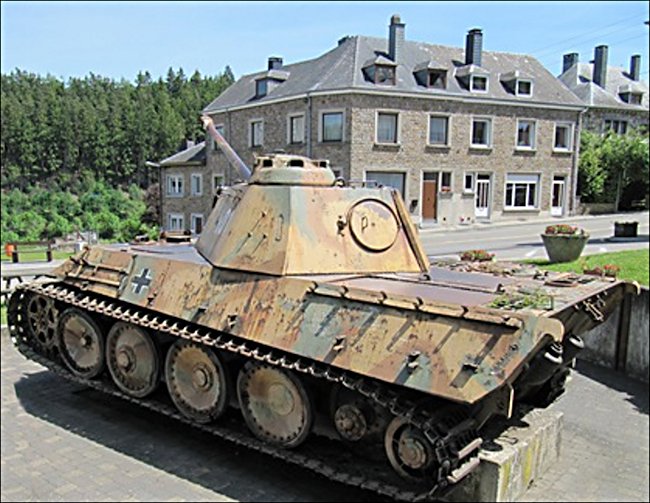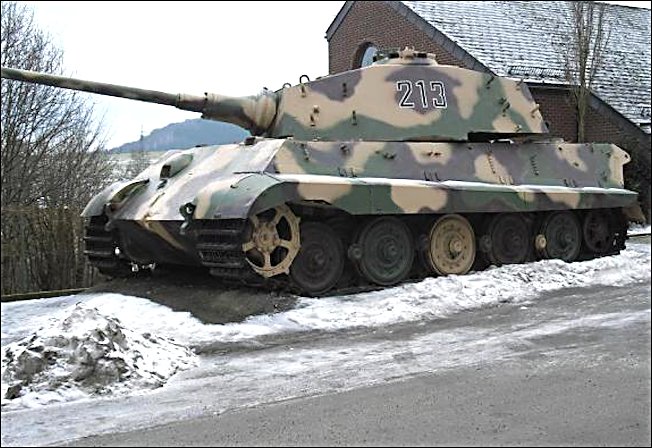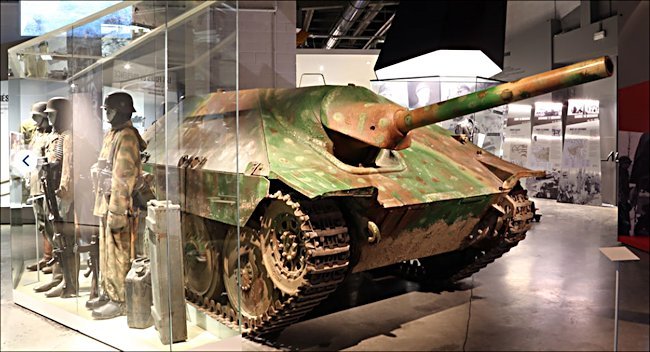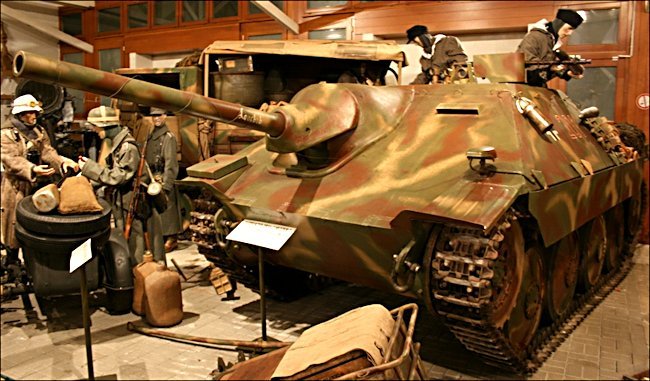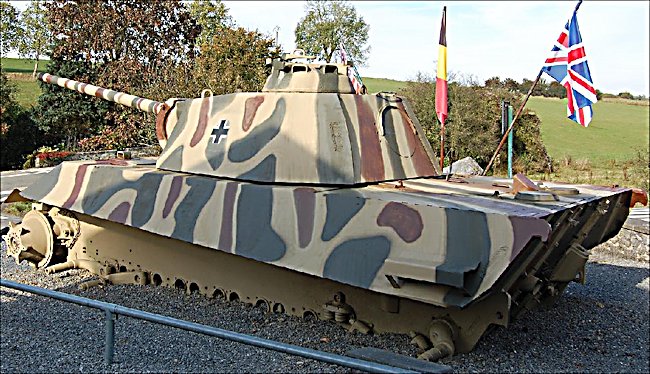Tropecei nesse link:
http://www.warhistoryonline.co...tle-bulge-right.html
Mostra onde estão os tanques que foram usados na Batalha, e que estão expostos em vÁrias cidades.
Vou copiar sÓ a primeira pÁgina. São 3 pÁginas no total, e vale a pena ver.
Where can I find the tank monuments to the Battle of the Bulge? Right here!!!!!
The Battle of the Bulge (16 December 1944 – 25 January 1945) was a major German offensive campaign launched through the densely forested Ardennes region of Wallonia in Belgium, France, and Luxembourg on the Western Front toward the end of World War II in Europe. Hitler planned the offensive with the primary goal to recapture the important harbour of Antwerp.
The surprise attack caught the Allied forces completely off guard. United States forces bore the brunt of the attack and incurred their highest casualties for any operation during the war. The battle also severely depleted Germany’s armoured forces on the western front which Germany was largely unable to replace. German personnel and Luftwaffe aircraft also sustained heavy losses. There here is a list of where you can find the tank monuments for the Battle of the Bulge:
German Panther Tank PzKpfW V Ausf.G in the village of Grandmenil
It is believed that this Panzer V Ausf.G tank was part of the 2nd SS Panzer Division ‘Das Reich’ and just abandoned because of lack of fuel during the retreat. It was recovered in a field off the Manhay-Erezee road. It still has its engine and gear box. It so needs a clean and new paint job.
Houfflaize Panther Tank
This Surviving German Panzer V Panther Tank took part in the 1944 WW2 Battle of the Bulge in the Belgium Ardennes. It has been preserved and can be visited in the village of Houfflaize, Belgium. You will find it at the junction of the N30 Rue de Bastogne with the Rue Saint-Roch.
A King Tiger does something really silly at Stavelot
The 3 inch 76.2mm anti-tank M5 guns from the 825th Tank Destroyer Battalion were given the task of slowing down the German advance during the Battle of the Bulge, 16th December 1944, by defending the bridge over the Ambleve River at Stavelot. Sergeant Lou Celentano was one of those gun crews. The first tanks they saw come over the ridge were four Tiger I tanks.
The downhill, bridge approach road was iced up and very slippery. The tigers had problems controlling their tanks on the decent and were not concentrating on the dangers on the other side of the river. The tracks on the front and rear tanks were crippled by the first shots. The middle two tanks were trapped between them. Rapped fire from all the guns in to the side of the Tiger tanks managed to knock all four tanks out. This slowed down the German advance.
Jagdpanzer 38(t) Hetzer tank destroyer at the Bastogne Historical Center war museum in Belgium
One of the first Jagdpanzer 38(t) Hetzer tank destroyers was presented to Hitler on the occasion of his birthday on 20 April 1944. This new variation on the Panzer 38(t) chassis marked a radical shift from the conventional open topped self-propelled gun like the Marder III.
The Hetzer, although designed to working tank hunting artillery battalions, was modelled on the tank destroyer assault guns armoured vehicle like the StuG III with their fully enclosed and armoured bodies. It was this reason that the Hetzer was classified as a Jagdpanzer rather than a Panzerjager.
Jagdpanzer 38(t) Hetzer tank destroyer at the Diekirch War Museum in Luxembourg
During the latter part of the war the Germans were in desperate need of more armoured vehicles. The problem was they were short on resources. Allied bombing of the industrial areas of Germany did not help in maintaining production targets. One answer was to fit large guns onto the chassis of obsolete tanks. The gun and crew would then be encased in large slabs of sloping protective armour. These became known as tank destroyers or in German the Jagdpanzer.
German Panzer V Ausf.G Panther Tank in the village of Celles
The Celles Panther was part of the German Army Kampfgruppe von Cochenhausen, 2nd Panzer Division. On the 24th December 1944 the advanced column of Panther tanks approached the junction of the N510 road with the N48. The local story is that the German’s asked at the cafe if the road to Dinant was open, had vehicles been using it recently. The staff said it was mined and dangerous so the Panzer V commander decided to go through the fields. This Panzer V Ausf. G was the lead tank. It drove over a mine and was put out of action in the field below the Chateau ãcteau. It was left there for some time after the war. It was during this period that the hatches, tracks and road wheels were removed for their scrap metal value. The cafe owner Marthe Monrique rescued the tank from the field in 1948 and put in pride of place next to the Cafe called “Le Tank” at the crossroads, as a monument.


